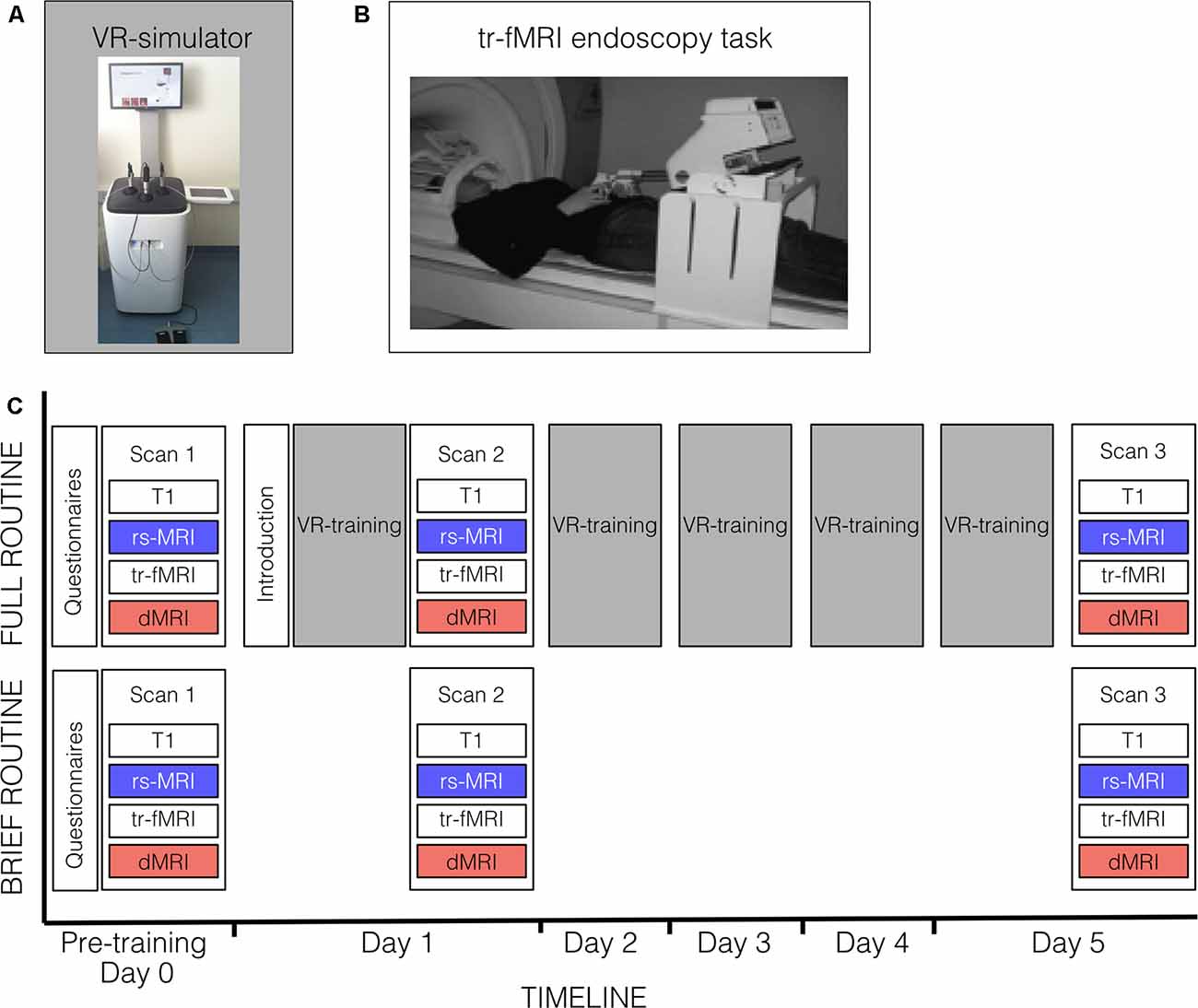 Monitoring healing is crucial to identify any emerging issues early on. An ENT specialist offers detailed instructions relating to restoration, including treatment management, exercise restrictions, and follow-up appointments. Regular follow-ups permit the ENT specialist to information lifestyle changes and assess the healing course of, ensuring that the patient's expectations are met. This complete aftercare in the end contributes to attaining the most effective practical and aesthetic outcome Swelling and bruising are widespread after rhinoplasty, but with the proper care, these effects could be managed successfully. Post-operative care is a crucial part of successful rhinoplasty.
Monitoring healing is crucial to identify any emerging issues early on. An ENT specialist offers detailed instructions relating to restoration, including treatment management, exercise restrictions, and follow-up appointments. Regular follow-ups permit the ENT specialist to information lifestyle changes and assess the healing course of, ensuring that the patient's expectations are met. This complete aftercare in the end contributes to attaining the most effective practical and aesthetic outcome Swelling and bruising are widespread after rhinoplasty, but with the proper care, these effects could be managed successfully. Post-operative care is a crucial part of successful rhinoplasty.Additionally, these pictures usually illustrate the importance of post-operative care in attaining optimal outcomes. These pictures spotlight the enhancements in various situations, similar to nasal obstruction or ear deformities, providing prospective patients with practical expectations. Surgeons could keep detailed photographic documentation for their data, allowing for a more personalized discussion regarding what sufferers can realistically hope to achieve after their procedure Before and after photographs function invaluable evidence of the process's effectiveness. Visual illustration is a key part of understanding the results of ENT surgery.
Modalities similar to MRI, CT scans, and PET scans are essential for acquiring detailed visuals of tumor constructions. Imaging performs a vital position within the thorough evaluation of head and neck cancers. Moreover, superior imaging methods may help determine metastasis early, which may significantly affect treatment selections. ENT specialists integrate these imaging results with medical findings to create a complete view of the illness, in the end leading to more personalized therapy strategies. These imaging technologies permit practitioners to distinguish regular tissue from cancerous lesions and assess the involvement of nearby **lymph nodes**.
For instance, swollen tonsils would possibly point out **tonsillitis**, whereas seen overseas our bodies within the ear or nose may warrant instant removal to prevent additional injury. Providers sometimes conduct a detailed medical history, focusing on the onset of signs, previous ENT points, and any potential allergens or irritants involved. Effective ENT emergency care starts with a radical preliminary assessment and analysis. Understanding the means to quickly assess and diagnose will streamline the therapy course of and enhance patient outcome A bodily examination, usually together with fiberoptic laryngoscopy or otoscopy, can reveal important insights into the patient's situation.
Effective communication ensures that all group members are aligned on treatment plans and affected person needs. Moreover, involvement of specialists in follow-up care is crucial for addressing long-term problems that may arise from acute ENT circumstance Otolaryngologists, emergency room employees, and first care providers must work together to ship comprehensive patient solutions. Successful ENT emergency care usually demands collaboration between numerous healthcare professionals. In cases involving trauma, for instance, an otolaryngologist may collaborate with surgeons to address advanced fractures or lacerations of the top and neck.
The emotional impact of rhinoplasty shouldn't be missed. They may advocate counseling or assist groups to help patients manage their expectations and the emotional journey following surgery. An ENT specializing in rhinoplasty not solely attends to the bodily features of the surgical procedure however can be sensitive to the psychological ramifications. This holistic method helps foster resilience and promotes a optimistic body picture throughout restoration, contributing to patient satisfaction past the surgical outcome Patients typically have profound reasons for seeking this surgical procedure, whether or not stemming from shallowness issues, previous trauma, or breathing difficulties.
This collaboration is essential as it enhances the overall understanding of the tumor, resulting in extra knowledgeable choices relating to therapy and ensuring that sufferers obtain care that aligns closely with their wants. Additionally, biopsy results present cellular-level insights into tumor conduct, permitting for correct classification. Alongside imaging studies, clinical evaluations and pathology stories are critical virtual consults for Endoscopy: How it works efficient cancer staging. ENT specialists typically collaborate with pathologists to guarantee that the information gathered displays probably the most present staging standards. A thorough **physical examination** can reveal key indicators and signs that point out the cancer's extent.
Each affected person's wants are distinctive, underscoring the importance of a tailor-made **ENT follow-up schedule**. Some sufferers may have more frequent visits, whereas others may be nice with less regular assessments. By creating personalised **follow-up plans**, specialists can higher monitor progress and provide care that aligns with particular person recovery objectives. Factors similar to age, medical historical past, and the specific condition being addressed all contribute to how follow-ups are structured. This customization not only helps in addressing patient concerns but also builds belief between the affected person and the ENT specialist, fostering a collaborative remedy surroundings.
